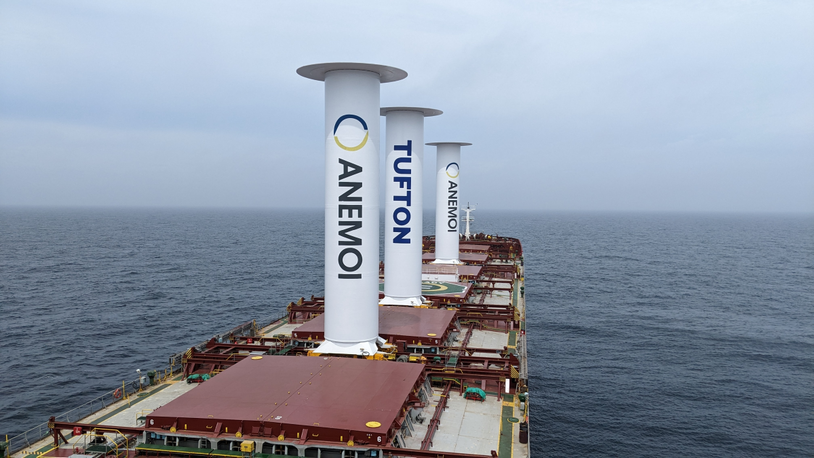Business Sectors
Contents
Creating a more reliable Azipod thrust bearing
In upgrading its successful Azipod electric propulsor, ABB sought improved reliability from a revised roller thrust bearing unit (TBU) which carries the propeller thrust. The development project started with data collection and analysing information on bearing damage for patterns and correlations with parameters such as calculated lifetime, type of application and operator.
It was found that, in cases where the bearing had not reached its expected lifetime, there was no correlation between the calculated lifetime and the actual lifetime. Simply increasing the bearing size thus might not solve the problem at all, it was concluded. Furthermore, it was found that many smaller bearings appeared to be working better than large bearings, even though manufacturer guidelines suggested that the opposite should prevail.
Early in the project, a two-day workshop was held, where design processes and different factors affecting bearing lifetime were benchmarked.
The new TBU roller bearing concept is a three-bearing arrangement with one bearing for each main load direction: radial force and aft and fore axial thrust. Among the points of change, the radial bearing is a CARB-type to ensure that the axial movement within bearing unit clearance limits does not create axial forces beyond the capacity of the radial bearing.
Another change introduced dry sump lubrication with direct oil injection to raceways, the aim being to ensure there is no re-circulation of particle-contaminated oil within the bearing housing. Oil bath lubrication was possible as an alternative, in which operating mode a screen inside the housing and the design of the housing prevents re-circulation of particles. The housing design eliminated pockets or cavities where wear particles could accumulate.
Much attention was paid to oil cleanliness during operation: for example, the seal system is designed so that seal cooling and lubrication does not flow through the bearing; instead, a separate return pipe is provided.
Inspection and flushing possibilities were improved by adding service hatches around the entire bearing circumference as well as borescope/flushing pipe access extended to the aft side thrust bearing.
The bearing units are insulated against bearing currents by a separate epoxy-wound insulator flange, now a self-contained part with a steel support ring. This solution is considered logistically favourable over one where the insulation would be wound and machined directly to the bearing housing; replacement – if needed – is also easier. MP
Related to this Story
IMO’s net-zero plan poised to pressure ageing fleet with rising costs
Events
TUGTECHNOLOGY '25
Reefer container market outlook: Trade disruption, demand shifts & the role of technology
Asia Maritime & Offshore Webinar Week 2025
Marine Lubricants Webinar Week 2025
© 2024 Riviera Maritime Media Ltd.













